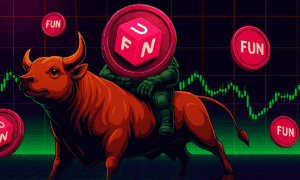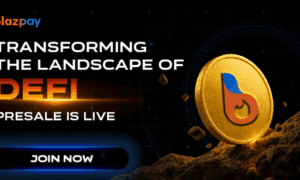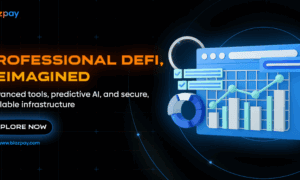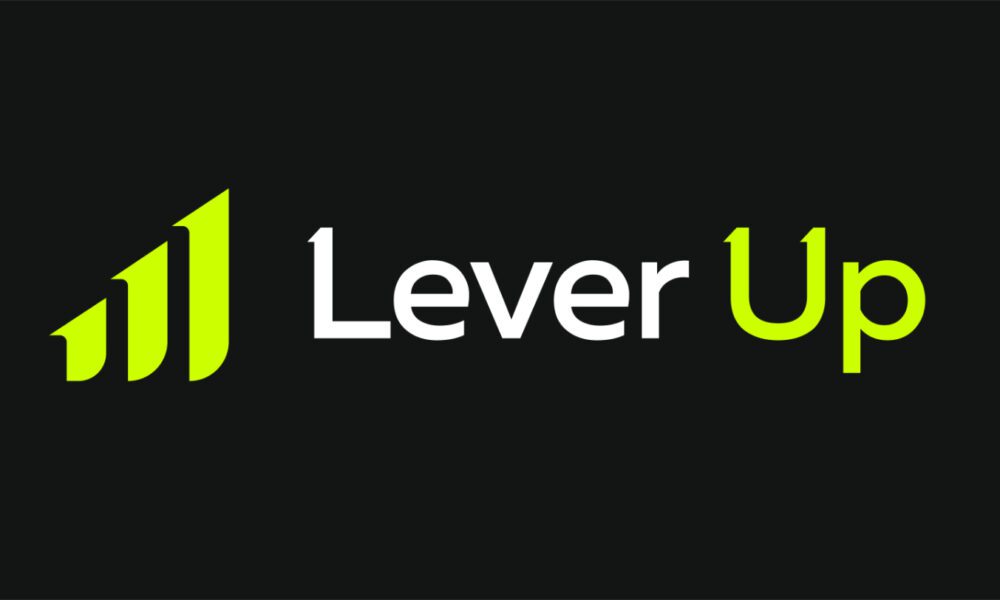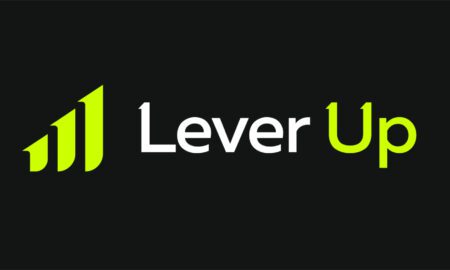Tron (TRX) has maintained a strong position in the blockchain space, offering high-speed transactions and low fees. However, as the crypto landscape evolves, new projects like Lightchain AI (LCAI) are emerging with advanced technologies that challenge traditional networks. Lightchain AI integrates AI-driven blockchain solutions, surpassing Ethereum and Solana in efficiency and scalability. With AI-powered decentralization, it offers a next-generation approach that could redefine blockchain utility.
While Tron continues to expand its ecosystem, the rise of AI-integrated platforms raises questions about its long-term dominance. Investors and developers are increasingly drawn to projects that combine blockchain with artificial intelligence, highlighting the shift toward more intelligent and adaptive networks. As competition intensifies, Tron must innovate rapidly to maintain its relevance against emerging AI-driven blockchain ecosystems like Lightchain AI.
Tron’s Strengths and Vulnerabilities
Tron (TRX) has built a strong reputation in the blockchain industry due to its high transaction speed, low fees, and robust smart contract capabilities. Its dominance in the stablecoin market, especially with USDT transfers, has solidified its position as a key player in decentralized finance (DeFi). Additionally, its scalability and energy-efficient consensus mechanism make it an attractive choice for developers and businesses.
However, Tron faces challenges as newer blockchain projects introduce more advanced technologies. While TRX offers efficiency, it lacks AI-driven innovations and deep decentralization, which projects like Lightchain AI leverage to outperform Ethereum and Solana. The absence of significant layer-2 solutions and interoperability advancements could limit its future growth. As blockchain evolves, Tron’s ability to integrate emerging technologies will determine whether it can sustain its market dominance.
Could Lightchain AI Continue to Outperform Tron?
Lightchain AI (LCAI) has positioned itself as a strong competitor to Tron (TRX) by integrating artificial intelligence with blockchain, a feature Tron currently lacks. Unlike Tron, which focuses on high-speed transactions and DeFi applications, Lightchain AI is built to enhance decentralized AI computations, making it a more advanced and utility-driven ecosystem. Its ability to process AI workloads efficiently gives it an edge over traditional blockchains that primarily handle financial transactions.
Furthermore, as the demand for AI-driven blockchain solutions grows, Lightchain AI could attract developers, enterprises, and institutional investors looking for real-world AI applications. Tron’s success relies heavily on its existing DeFi ecosystem, but without AI-powered advancements, it risks being overtaken by more technologically adaptive platforms. If Lightchain AI continues its current trajectory, it could surpass Tron in both adoption and long-term value.
Future of Tron and Lightchain AI
The future of Tron (TRX) and Lightchain AI (LCAI) will depend on their ability to adapt to emerging blockchain trends and technological advancements. Tron has established itself as a high-speed, low-cost network, particularly in DeFi and stablecoin transactions. However, to maintain its dominance, it must evolve beyond its current capabilities, possibly integrating AI-driven functionalities or expanding its interoperability.
On the other hand, Lightchain AI is built for the next generation of decentralized intelligence, focusing on AI-powered blockchain applications. Its ability to process AI computations within a blockchain framework gives it a competitive advantage over traditional networks like Tron. As AI adoption accelerates, LCAI could lead the market, while Tron’s ability to innovate and expand its ecosystem will determine whether it remains relevant in an increasingly AI-driven blockchain industry.
- https://lightchain.ai
- https://lightchain.ai/lightchain-whitepaper.pdf
- https://x.com/LightchainAI
- https://t.me/LightchainProtocol


